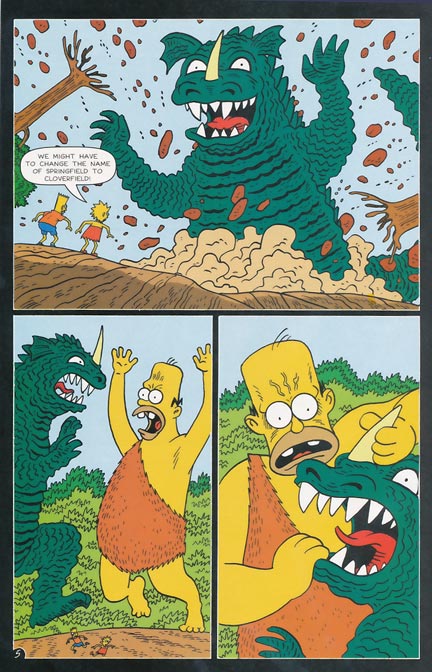Welcome back, loyal readers.
Much to discuss about today's page, so let's get right to it.
First thing to unpack here: the writing. The last page marked a shift away from the narrative heavy pages leading up to the move. There's a bit of exposition here, but I tried to frame it so it held its weight, without dominating the story. Clearly, layout was crucial to doing this.
We begin with the classic "frog in the frying pan", a metaphor often used to explain enduring abuse to those who haven't experienced it. This is a clear case of "show, don't tell."
My trans stuff doesn't figure overtly into this part of the narrative, but as we'll learn on the next page, it's omnipresent in the relationship.
For the balance of the page, I decided to channel my inner David Mack. I was so impressed with his use of layout and silhouette as narrative devices in Kabuki, Daredevil. and the brutal (but clever and beautifully rendered) COVER. It's thoughtful and still engages the reader. Also, it's fun to look at! And by isolating the text from the image, the idea that I was stuck in my own head with little to no attachment to the outside world is reinforced.
Not to say I didn't have a little fun with this page. The frog (drawn freehand after a quick look at photographic reference) was a delight to draw. The third panel, with simultaneous exercising and cooking, is a playful comment on the idea of the woman who can do it all. In the third silhouette panel, I took the conceit of using The Best of Both Worlds onscreen. We did watch that one together, but it first aired before the big move. But it's such an iconic episode, I had to give it homage. ST: TNG was still in its initial run during our years together.
Another layout consideration: gray values are mostly represented in pencil until the last panel, to increase the emotional impact of that image. I freely stole the pose from the iconic Alan Moore/Curt Swan Superman collaboration Whatever Happened to the Man of Tomorrow?
Minimal Photoshop corrections this time.
Tools used:
- Lead holder and 4B leads
- Ames lettering guide
- 4B graphite stick
- Faber Castell Erasers
- Dr. Martin's Black Star Ink
- FW Acrylic White
- Crow quill and nib
- Micron nos. .005, .02, .03, .05, .08, 1.0
- Brushes: Richeson #2 Sable, Tight Spot for corrections
- Photoshop
Overall, I'm quite proud of this page.
Next week, Page 23!
I may up the ante to more than a page a week, if my schedule permits.





























